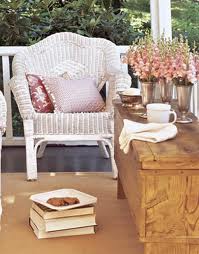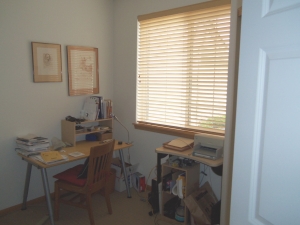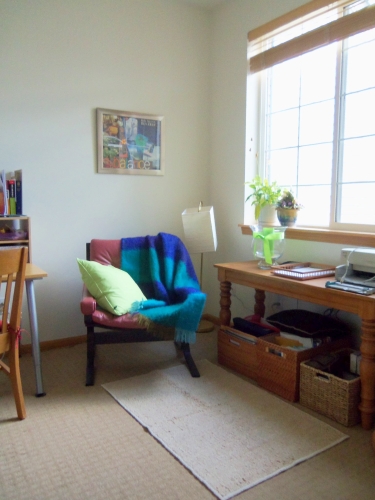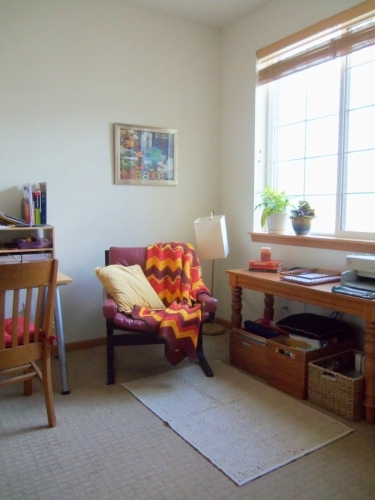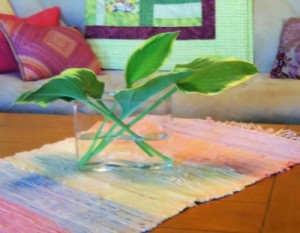
Our U.S., single-family-home lifestyle is not the only choice we have. In other times and places people figured out other ways to live peacefully, thoughtfully and in harmony with each other and with the land.
This is important to consider in light of the foreclosure crisis, the medical insurance crisis, and rising unemployment and homelessness among families.
We do have other options for living comfortably, collaboratively and ecologically. Unrelated families can live together sharing one large home for example. Younger students can live with older, retired persons allowing the abilities and interractions of both to enrich everyone. Young adults may share a home and pool their resources allowing one or more to finish their education while the others work – then reciprocate the next year in an intentional living arrangement.
In centuries past, the Beguines were a group of Catholic women who figured out how to share and collaborate with work and living arrangements while allowing each woman her own space. This is a model that might be useful with our aging population today.
Here’s an exerpt from a fascinating article in Commonweal on Modern Day Beguines. Read the full article in the May 22, 2009 issue of Commonweal entitled “Simple Lives A NEW BEGINNING FOR THE BEGUINES?” by Jean Hughes Raber.
“Recent news stories highlighting a growing trend among single women to form intentional communities along spiritual or religious lines make one wonder: Are we seeing the rise of a third wave of the Beguines, a Catholic women’s movement that started in the late twelfth century?”
“There [are] many parallels between the Beguines then and women now-women building safety nets to assist each other, living lives that made sense with less economic burden on the individual, a common spiritual approach to everyday life, and the need for meaningful, purposeful work,” says Morgana Morgaine, a nurse in Asheville, North Carolina, who has studied the Beguines for the past twenty-five years and, with five other women, plans to create a Beguine-inspired community.
Morgaine is not alone. She hopes to tour medieval beguinages in Europe and to meet modern-day Beguines in Germany, who live in an estimated twenty-five communities accommodating retirees, widows, divorcees, and single mothers. Many of the women work outside the community at day jobs, share housekeeping duties, and perform charitable works such as volunteering in hospices, tutoring children, and sheltering victims of domestic violence. Like their medieval counterparts, they agree to live simply, and this includes not only curbing consumption but choosing “green” and fair-trade products.
Morgaine first heard about the Beguines in an Albuquerque quilt shop twenty-five years ago: “I somehow got into a conversation about [how] living communally made so much sense economically and socially. I was talking about the wasted energy and monies of supporting a single household and the joys of sharing lawn mowers and laundry, and having more people to support and be supported by.” It turns out the shopkeeper had lived in Belgium, one of the great medieval Beguine centers, and recommended that Morgaine look into their history.
. . . Just as they responded so nimbly to social and economic forces in the twelfth century, the Beguines may offer a model well suited to the twenty-first. Again there are large numbers of single women facing life alone. Jobs are tight for younger women, and the costs of child care and fuel eat up a frighteningly large portion of their incomes. Baby Boom women approaching retirement are finding that their IRAs and 401(k)s won’t stretch as far as they’d hoped-and equity in their homes, another source of retirement income, is dwindling after the housing bust. Reductions in Medicare and the constant specter of Social Security cuts add to the economic uncertainty. And as women try to help elderly parents struggling to maintain the family home that has become burdensome and isolating, a communal living arrangement seems more sensible, economically and socially.But those aren’t the only reasons the Beguines look attractive now. The beguinage fed body and spirit, and today’s Beguines also want a robust spiritual life. What has changed in the intervening centuries, however, is that those who call themselves Beguines today are not strictly Catholic, but include Protestants and sometimes non-Christians. Beguine communities now, as in the Middle Ages, must develop worship that will accommodate all their members. A California group calling itself the American Beguines follows the tradition of Taizé. Morgaine’s group in Asheville also wants a common spiritual space but has not yet worked out any specific devotional practice.
Despite the ecumenism of third-wave Beguine communities, the Beguine movement remains, at its core, essentially Catholic, emphasizing worship, the works of mercy, simplicity, and antimaterialism. In a way, the first-wave Beguines have lived on as missionaries across the centuries, inspiring women today to uphold the dignity of women and encouraging them to respond to economic challenges with faith, hope, and courage.
It is a legacy Catholics can be proud of.”
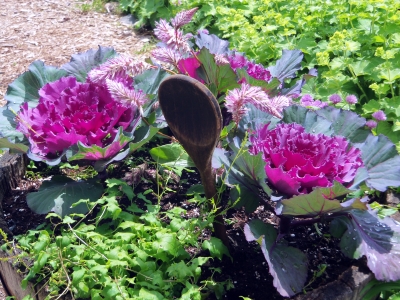
You may also like Living the Small Life, How Much is Enough? and Simplify, Simplify, Simplify.
